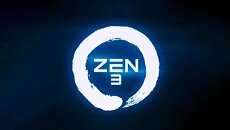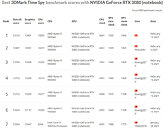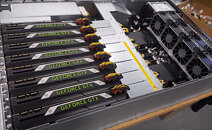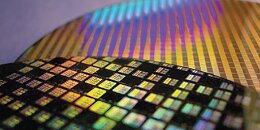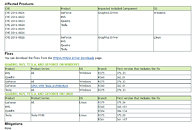Embracer Offloads Gearbox to Take-Two - $460 Million Deal Unveiled
Embracer Group has entered (as of March 28) into an agreement to divest Gearbox Entertainment, for a consideration of USD 460 million (SEK 4.9 billion) to Take-Two Interactive Software, Inc. ("Take-Two"). The proceeds from the deal will, upon closing, significantly reduce net debt, earnout obligations and capex. Embracer retains selected companies, including Gearbox Publishing San Francisco (to be renamed), with the publishing rights to the Remnant franchise, the upcoming Hyper Light Breaker and other notable unannounced game releases.
"Yesterday's announcement marks the result of the final structured divestment process and is an important step in transforming Embracer into the future with notably lower net debt and improved free cash flow. Through the transaction, we lower business risk and improve profitability as we transition to becoming a leaner and more focused company. After evaluating several options for Gearbox, I am happy that we have reached a solution that is in the best interest of all stakeholders. Randy and the team have been great team members throughout the past years, and I would like to thank them all for that. As one of the world's greatest games developers, I am confident that Gearbox will continue to innovate and thrive in their new home within Take-Two," says Lars Wingefors, co-founder and CEO of Embracer.
"Yesterday's announcement marks the result of the final structured divestment process and is an important step in transforming Embracer into the future with notably lower net debt and improved free cash flow. Through the transaction, we lower business risk and improve profitability as we transition to becoming a leaner and more focused company. After evaluating several options for Gearbox, I am happy that we have reached a solution that is in the best interest of all stakeholders. Randy and the team have been great team members throughout the past years, and I would like to thank them all for that. As one of the world's greatest games developers, I am confident that Gearbox will continue to innovate and thrive in their new home within Take-Two," says Lars Wingefors, co-founder and CEO of Embracer.

























